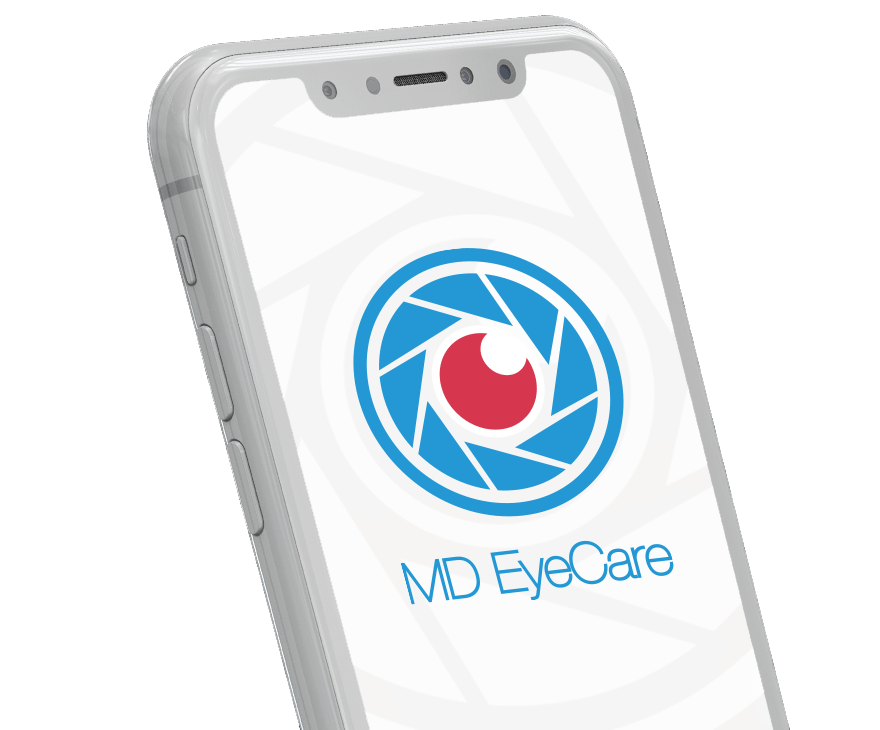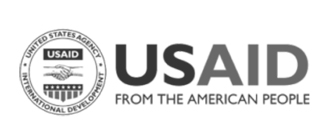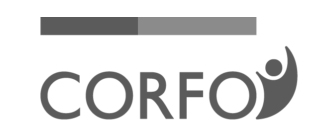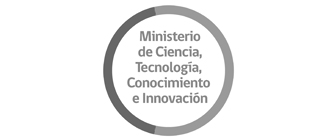A LIFE SAVING PHOTO
Easy and non-invasive medical app based on Artificial Intelligence (AI) for early detection of eye disorders in young children (0-7 years).

Try it Free.

¿What is MD EyeCare?
MD EyeCare is a smartphone-based app that uses the camera of an iPhone and Artificial Intelligence to detect different eye disorders in young children by revealing leukocoria or white reflex. It could lead to an early detection of several eye disorders and allow for timely treatments. Retinoblastoma (a type of eye cancer most common in very young children) caught at early stages can have a significant impact on the outcome of the disease since it can be treated promptly and with better odds of recovery and quality of life for the child.

Benefits of use MD EyeCare
The use of MD EyeCare has several benefits, including:
Early detection of eye disorders
MD EyeCare has been modified to improve its performance in detecting leukocoria (white reflex) and validated for early detection of several eye disorders in young children.
Non-invasive
MD EyeCare is a non-invasive method of detecting eye disorders in young children. Which means that it only uses an iPhone camera and it does not require a medical procedure or equipment to asses the child.
Easy to use
MD EyeCare is a smartphone-based app that is easy to use by anyone. Just follow the simple instructions provided by the app and take a photo of the child’s eyes. It’s as easy as that!
Cost-effective
MD EyeCare is a cost-effective method of detecting eye disorders. It’s an early detection instrument that could be be implemented in Primary Health Centers (PHCs) and Primary Eye Care services (PECs) in limited-resource settings.
Portable
It’s a mobile app that can be easly downloaded to your iPhone and you can take it with you. You can use it anytime, anywhere.
Playful
Simple experience that only requires taking a picture of the child’s eyes. In just 30 seconds you can be done: focus the camera on the child’s face and eyes, and shoot!
Benefits of use MD EyeCare
The use of MDEyeCare has several benefits, including:
Early detection of retinoblastoma
MD EyeCare has been modified to improve its performance in detecting leukocoria (white reflex) and validated for early detection of several eye disorders in young children.
Non-invasive
MD EyeCare is a non-invasive method of detecting eye disorders in young children. Which means that it only uses an iPhone camera and it does not require a medical procedure or equipment to asses the child.
Easy to use
MD EyeCare is a smartphone-based app that is easy to use by anyone. Just follow the simple instructions provided by the app and take a photo of the child’s eyes. It’s as easy as that!
Cost-effective
MD EyeCare is a cost-effective method of detecting eye disorders. It’s an early detection instrument that could be be implemented in Primary Health Centers (PHCs) and Primary Eye Care services (PECs) in limited-resource settings.
Portable
It’s a mobile app that can be easly downloaded to your iPhone and you can take it with you. You can use it anytime, anywhere.
Playful
Simple experience that only requires taking a picture of the child’s eyes. In just 30 seconds you can be done: focus the camera on the child’s face and eyes, and shoot!
How to use MD EyeCare step by step
MD EyeCare is designed to be user-friendly. It can be easily downloaded and used by anyone, anywhere in the world. Please watch the video tutorial and follow these simple steps for a correct result.
Step 1
Choose a dark room or turn off the lights. Position yourself 3 feet away from the child, parallel to his face and eyes.
Step 2
Point the camera to the child’s face and focus. Wait for the app guide to tell when you are at the right distance and the darkness of the room is OK. And shoot!
Step 3
Create or login to your account, save the photo and upload it to the MD EyeCare Cloud, so it can process it and tell you if you should visit a specialist.



What eye disorders can it detect?
Leukocoria or white pupil reflex in photographs,
could be the first sign of several eye disorders that could potentially affect a child’s eyesight, quality of life and even threaten their life.
Retinoblastoma
Type of eye cancer most common in young children.
Vices of Refraction
They are changes in the way the eye focuses.
Myopia
A nearsighted person sees near objects clearly, but from a distance looks blurry.


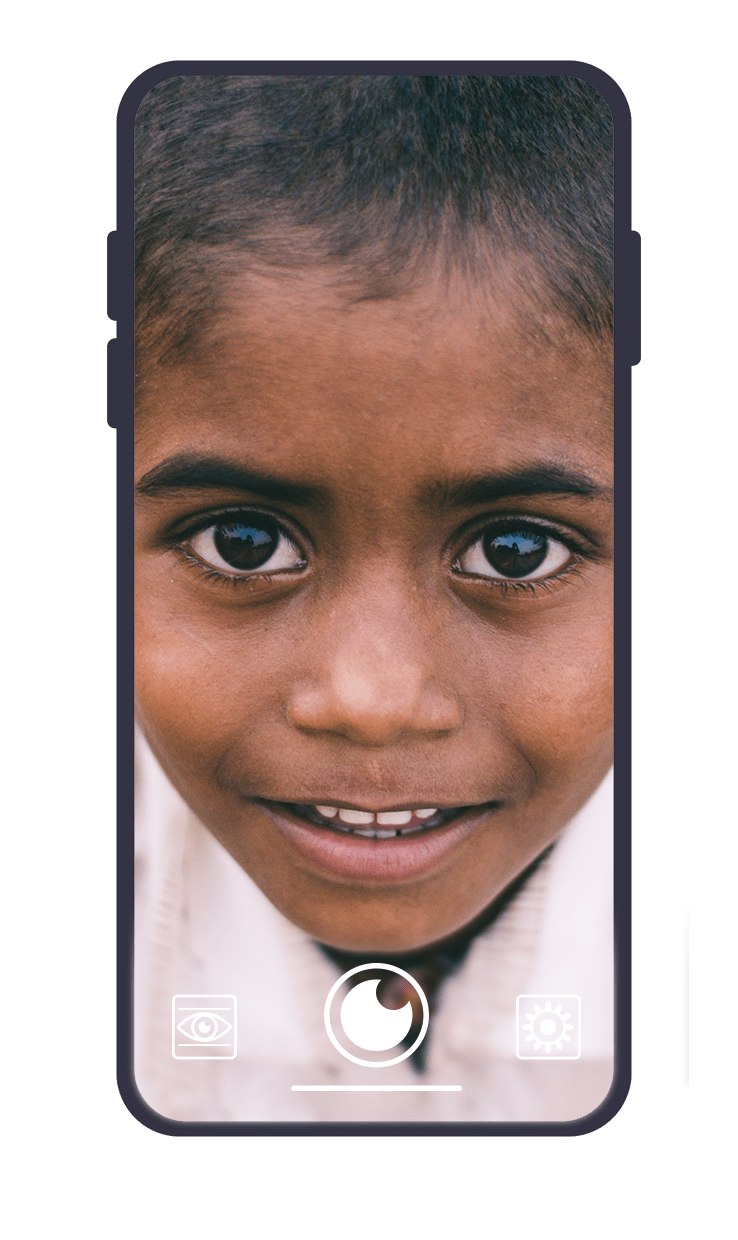


Hyperopia
The images focus in theory behind the retina, and therefore near vision is blurred.
Astigmatism
In these cases, the cornea is abnormally curved, causing vision is blurred.
Strabismus
It is the loss of parallelism between the eyes.
